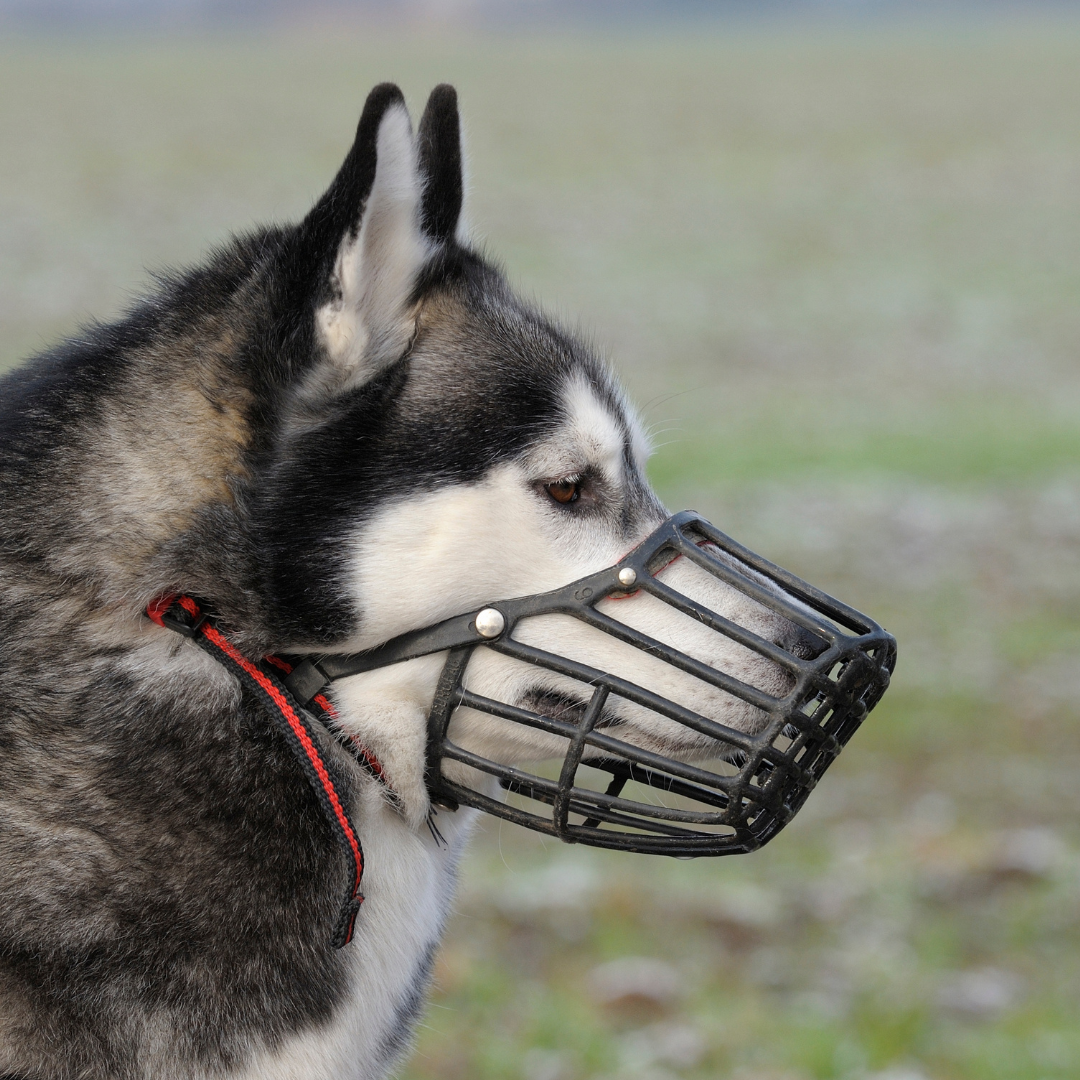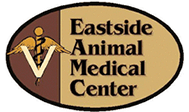Help Your Dog Love Visiting the Veterinarian

In honor of National Train Your Dog Month, we wanted to highlight some tips on how to help your dog when visiting their Veterinarian.
The staff at Eastside Animal Medical Center knows how important this is and we take great care to help make visiting us the best experience possible, but we need owner help too!
Visit Just for Fun
To prevent your dog from shaking and whining every time you pull into the veterinary clinic parking lot, start training him to show him that the veterinarian’s office is the greatest place in the world when you first bring him home. This training obviously works better starting as a puppy, but any dog can benefit from having positive experiences at the veterinary office.
Follow these steps for a dog whose tail starts wagging when you reach the veterinarian’s office:
- Talk to your veterinarian about bringing your dog in for a few quick visits. We call these "Happy Visits". We usually reccomend them during your last puppy wellness visit and may refer to them also as weight checks.
We also reccomend them when your adult dog is nervous or showing fear. These are scheduled as a Tech Appointment, but depending, as long as you call ahead, we can fit this visit in, even day of.
This usually looks like you or a tech bringing your pet to greet everyone and maybe getting a treat or two. We will take your dog to the back to walk around and greet everyone. We go slow and nothing scary happens at this visit, like a vaccine being given or even something like a nail trim. This takes consistency and time on your part as the owner, but it a wonderful way to help your dog out and avoids them needing medications in the future.
- Depending on fear level, to start, spend a few minutes in the reception area feeding your dog treats, then leave. The more often you can do this the more effective it will be, but even once a month can be effective. This may even start with just jumping in the car and driving to our parking lot. Lots of love and reward if they are doing well.
- Once your dog has had a few positive visits just receiving treats, have him get on the scale, feed him some treats, and then leave.
- Once your dog has had a few positive visits at that level, have the technicians or receptionists feed them treats. If available, you can take them back in an examination room. Feed them treats in the room and then leave.
- Repeat these steps until your dog struts into the veterinarian every time.
Some tips to remember:
- Always leave on a positive note. If your dog has a bad reaction, or is frightened by something, find an area where he’s willing to take treats—even if it’s outside the office. Don’t leave right after your dog has reacted or been frightened by something.
- If your dog is afraid, wait until he calms down a little before leaving. He should offer you some type of relaxing behavior, such as sitting, sighing or shaking off, at some point in the visit. When he does that, reward him by leaving.
- If your dog is extremely fearful, you have more work ahead of you. Consider feeding him his meals there a couple of times per week.
- An extremely fearful dog might not be able to enter the building during the first few sessions. If he starts shaking when you pull in the parking lot, start by rewarding him for calming down while still in the car. Work up slowly to going inside the building.
Get Your Dog Used to Being Handled
.png)
Many dogs will not tolerate handling by a stranger, especially if they were not well socialized puppies. It's even worse if the type of handling is very unfamiliar. You can start doing small things at home to get your dog used to the feeling of a vet exam. First, familiarize yourself with the process of a basic vet examination.
- A technician will hold your dog- usually this looks like one arm under chin and one arm under belly.
- Your vet will usually start with a nose to tail examination. This involves touching their face, ears, eyes and opening their mouths. They will continue to feel their way back. Neck, stomach, back and bottom/tail area. Remember, touching their feet is very important too.
You can conduct your own version of it at home.
If your dog becomes used to being touched and handled in unusual ways, he might be more accepting of it from a stranger. He will likely do even better if you carefully and gradually introduce him to the strangers (the vet and staff).
Keep Yourself Calm and Relaxed
Your dog is deeply intuitive about your emotions, thanks to the bond you share. Your own feelings of anxiety, stress, or fear can be easily perceived by your dog:
- You might notice your dog’s anxiety, stress, or fear, then get upset yourself. Your dog senses this and thinks he has a valid reason to be upset.
- To avoid this, try to remain calm and upbeat during vet visits, regardless of how your dog acts. As hard as this may seem, try to avoid reinforcing your dog’s fear, stress, or anxiety.
- Instead, maintain your composure, and remain positive and upbeat. Do your best to ignore the fearful or anxious behavior. If you act like everything is just fine, your dog might get the message.
However, some dogs have such intense fear or anxiety at the vet that nothing you do seems to help. These dogs may even need medications to cope with vet visits. If this sounds like your dog, consider working with a behaviorist or trainer. Ask us for advice or a referral. In the meantime, you might try to find a veterinarian who makes house calls.
Here are a few of local trainers/behaviorists:
Veterinary Behaviorst - Dr. Lynn Seibert (referral necessary)
Behaviorial Medicine - UGA (referral necessary)
Monroe, Georgia
Ashley Hills Dog Obedience and Behavior Training
Lawrenceville, Georgia
Canine Country Academy - Dog Training and Behavior Modification
Muzzled Dogs Aren't Bad Dogs

Dog muzzles can be used for a variety of reasons i.e. your dog is prone to eating things they shouldn't!
Training your dog to be comfortable with muzzle placement is beneficial to them. Again, this is to help avoid any unwanted accidents due to fear, but also avoids the use of medications. They can eat/drink with a basket muzzle on. Playtime with other dogs is more safe as well.
Visit the Muzzle Up Project for more helpful tips and information on how to introduce a basket muzzle.
We hope some of these tips can be used before or at your next visit with us! Just give us a call if you have questions - 678-985-5530
